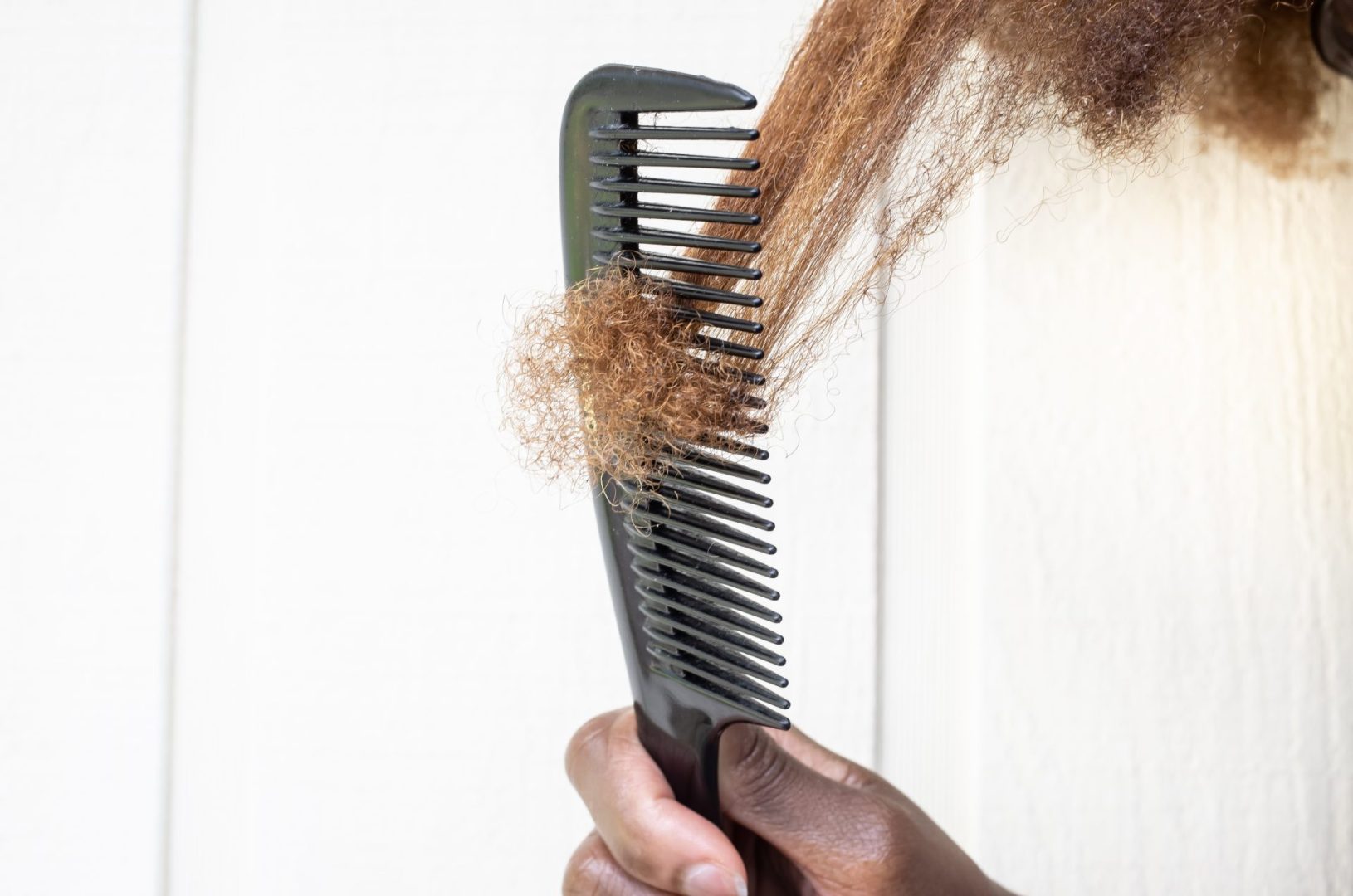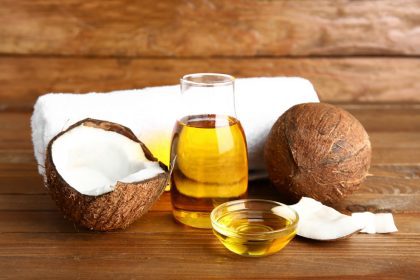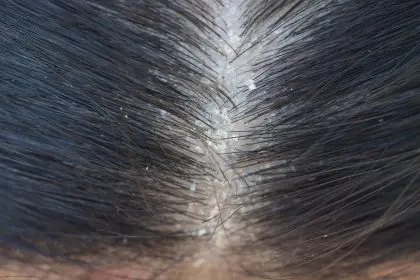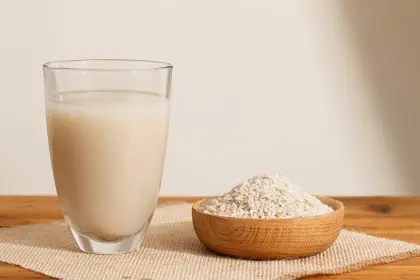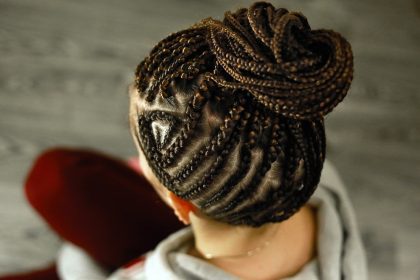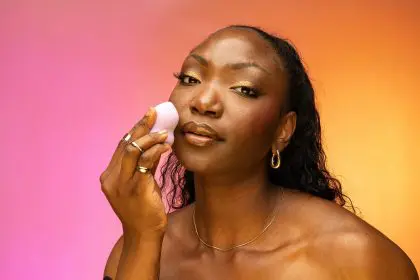Hair porosity plays a fundamental role in determining how your strands respond to moisture, styling products, and treatments. Understanding your hair’s porosity level becomes especially important when dealing with high porosity hair, which presents unique challenges and requires specialized care approaches to maintain optimal health and appearance.
High porosity hair affects millions of people worldwide, yet many remain unaware of their hair’s specific needs. This condition can develop naturally or result from various factors, creating distinctive characteristics that require tailored solutions for effective management and styling success.
What makes hair highly porous
High porosity hair develops when the protective outer layer called the cuticle becomes compromised, creating microscopic gaps and openings throughout the hair shaft. These openings allow moisture and products to enter easily but also enable them to escape just as quickly, creating a constant cycle of absorption and loss.
The cuticle damage that leads to high porosity can occur through several mechanisms. Chemical processing like coloring, bleaching, and perming creates permanent structural changes that increase porosity levels. Heat styling tools generate temperatures that gradually weaken the cuticle over time, while environmental factors like sun exposure and pollution contribute to cumulative damage.
Natural hair texture also influences porosity levels. Curly and coily hair types often exhibit higher porosity due to their structure, which creates natural stress points along the hair shaft where the cuticle may lift or separate. This explains why textured hair typically requires more intensive moisture management than straight hair types.
Age plays a significant role in porosity development. As hair ages, the cuticle naturally becomes more fragile and prone to damage, leading to increased porosity over time. Gray hair often displays higher porosity levels due to structural changes that occur during the graying process.
Recognizing the telltale signs
High porosity hair displays several distinctive characteristics that make identification relatively straightforward once you know what to observe. The most obvious sign involves rapid water absorption followed by equally quick drying, creating a cycle that leaves hair feeling perpetually thirsty for moisture.
Texture changes represent another clear indicator of high porosity. Hair may feel rough, dry, or brittle to the touch, lacking the smooth feel associated with healthy cuticles. Frizz becomes a constant companion, appearing even in low humidity conditions as damaged cuticles fail to lay flat against the hair shaft.
Styling challenges multiply with high porosity hair. Products seem to disappear quickly after application, requiring frequent reapplication throughout the day. Hair may appear dull and lackluster despite regular conditioning treatments, as the compromised cuticle structure prevents light from reflecting properly off the hair surface.
Breakage becomes more frequent and noticeable with high porosity hair. The structural weakness created by cuticle damage makes strands more susceptible to snapping during routine grooming, styling, or even gentle handling. Split ends may develop more rapidly and travel further up the hair shaft than with healthy hair.
Color treatments behave differently on high porosity hair, often processing faster than expected and fading more quickly. The increased absorption rate means chemical treatments penetrate more deeply and rapidly, sometimes leading to over-processing if timing isn’t adjusted accordingly.
Simple tests to determine porosity levels
Several straightforward tests can help determine your hair’s porosity level using materials readily available at home. These assessments provide valuable information for developing appropriate care routines and product selection strategies.
The water spray test offers the quickest porosity assessment method. Clean, dry hair is lightly misted with water from a spray bottle. High porosity hair absorbs the water droplets almost immediately, while low porosity hair repels water, causing droplets to bead up and roll off the surface.
The float test provides another reliable porosity indicator. A clean, shed hair strand is placed in a bowl of room temperature water. High porosity hair sinks quickly due to rapid water absorption, while low porosity hair floats on the surface. Medium porosity hair typically sinks slowly over several minutes.
The slide test evaluates cuticle condition through tactile examination. A single hair strand is held taut while fingers slide from tip to root along the shaft. High porosity hair feels rough and bumpy due to raised cuticles, while smooth hair with minimal texture indicates lower porosity levels.
Professional assessment provides the most accurate porosity evaluation. Hair professionals use specialized tools and techniques to measure porosity levels precisely, offering detailed insights that inform treatment recommendations and product selection.
Essential moisture management strategies
Successful high porosity hair care revolves around effective moisture management techniques that address the unique challenges posed by compromised cuticles. The goal involves getting hydration into the hair shaft while preventing rapid moisture loss through strategic product layering and application methods.
The LOC method represents one of the most effective approaches for high porosity hair moisture retention. This technique involves applying products in a specific sequence: Leave-in conditioner first to provide base hydration, followed by Oil to create a moisture barrier, and finished with Cream to seal everything in place.
Product selection becomes crucial for high porosity hair success. Heavy, cream-based moisturizers work better than lightweight lotions because they provide longer-lasting hydration and create more effective barriers against moisture loss. Look for products containing humectants like glycerin, which draw moisture from the environment into the hair shaft.
Deep conditioning treatments should occur more frequently with high porosity hair, ideally weekly rather than monthly. These intensive treatments help temporarily fill the gaps in damaged cuticles while providing concentrated moisture that lasts longer than daily conditioning routines.
Water temperature matters significantly for high porosity hair care. Cool water rinses help close cuticles and lock in moisture, while hot water exacerbates moisture loss by keeping cuticles open and vulnerable. Lukewarm water for washing followed by cool rinses provides the best balance.
Protein treatments for structural repair
High porosity hair benefits tremendously from regular protein treatments that help rebuild and strengthen damaged hair structure. These treatments work by temporarily filling the gaps in compromised cuticles, creating smoother surfaces and reducing moisture loss.
Different protein types serve various purposes in hair repair. Hydrolyzed proteins like keratin and collagen are small enough to penetrate deeply into the hair shaft, while larger proteins like wheat and rice proteins coat the exterior surface. Combining different protein sizes creates comprehensive repair that addresses both internal and external damage.
Treatment frequency requires careful balance with high porosity hair. Too much protein can make hair brittle and prone to breakage, while too little fails to provide adequate structural support. Most high porosity hair benefits from protein treatments every two to three weeks, adjusted based on individual response and hair condition.
Signs of protein overload include hair that feels stiff, dry, or breaks easily despite regular conditioning. If these symptoms develop, focus on moisture-rich treatments for several weeks before reintroducing protein gradually at reduced frequency.
Oil selection and application techniques
Not all oils work equally well for high porosity hair. The molecular structure and composition of different oils determine their effectiveness for moisture retention and cuticle protection. Understanding these differences helps optimize oil selection for individual hair needs.
Polyunsaturated oils like sunflower, safflower, and grapeseed oil penetrate the hair shaft more effectively than saturated oils, making them ideal for high porosity hair. These oils help fill internal gaps while providing lasting moisture benefits that support overall hair health.
Heavier oils like castor, avocado, and olive oil work well as sealers for high porosity hair, creating protective barriers that prevent moisture loss. These oils are best applied sparingly to damp hair, focusing on mid-lengths and ends where damage typically concentrates.
Application technique significantly impacts oil effectiveness. Oils should be applied to damp rather than dry hair, as water helps facilitate penetration and prevents heavy buildup. Gentle warming between palms before application helps improve distribution and absorption.
Protective styling and damage prevention
Prevention becomes equally important as treatment for maintaining high porosity hair health. Protective strategies help minimize further damage while allowing existing hair to recover and strengthen over time.
Heat styling represents one of the biggest threats to high porosity hair health. When heat tools are necessary, always use heat protectant products and keep temperatures below 350 degrees Fahrenheit. Air drying whenever possible reduces cumulative heat damage and preserves moisture levels.
Chemical processing should be approached with extreme caution on high porosity hair. The increased absorption rate means chemicals penetrate faster and deeper, requiring adjusted timing and possibly reduced strength formulations to prevent over-processing and additional damage.
Mechanical damage from brushing, combing, and styling can be minimized through gentle handling techniques. Use wide-tooth combs on wet hair, detangle from ends to roots, and avoid aggressive brushing when hair is dry and fragile.
Environmental protection helps preserve high porosity hair health. UV exposure, wind, and pollution all contribute to cuticle damage, so consider protective styles, scarves, or leave-in products with UV filters when spending extended time outdoors.
Product ingredients to embrace and avoid
Understanding which ingredients benefit high porosity hair while avoiding those that cause additional damage helps streamline product selection and improve results. Ingredient knowledge empowers better purchasing decisions and more effective hair care routines.
Beneficial ingredients for high porosity hair include ceramides, which help repair cuticle damage, and fatty acids that provide deep conditioning benefits. Humectants like glycerin and hyaluronic acid help attract and retain moisture, while natural butters provide long-lasting hydration and protection.
Ingredients to avoid include harsh sulfates that strip natural oils and worsen dryness. Drying alcohols like denatured alcohol can exacerbate moisture loss, while certain silicones may build up and prevent proper moisture penetration over time.
Reading ingredient lists becomes essential for high porosity hair success. Products should be sulfate-free, paraben-free, and formulated specifically for dry or damaged hair types. Look for moisturizing ingredients in the first five listed components for maximum benefit.
Professional product lines often contain higher concentrations of beneficial ingredients compared to drugstore alternatives. While more expensive initially, these products may prove more cost-effective long-term due to superior results and potentially less frequent application needs.

